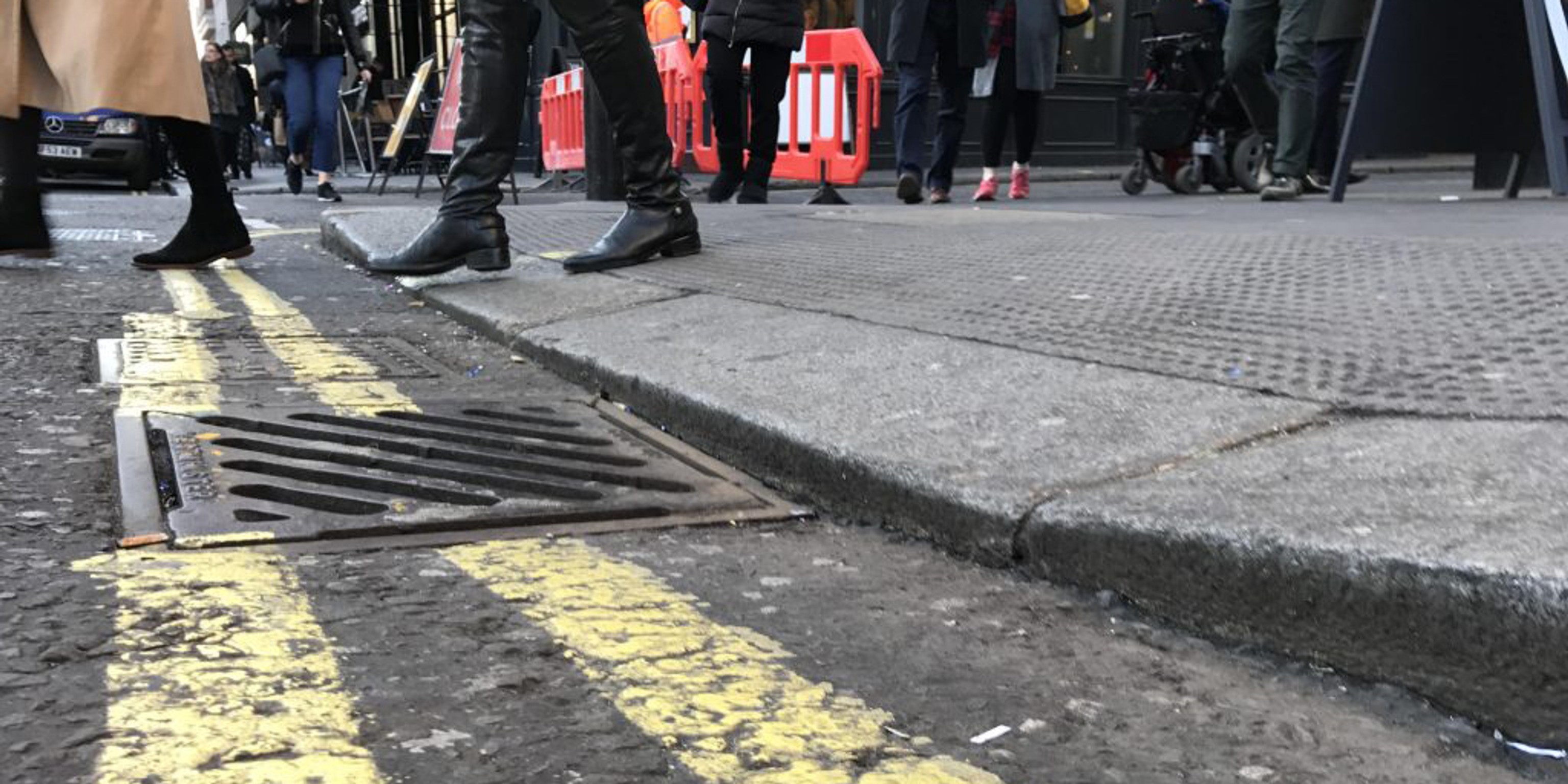
Journeycam: Exploring experiences of accessibility and mobility among powered wheelchair users
Design Futures




Abstract
Researching the lived experiences of powered wheelchair users ‘on the go’ through a smartphone application, interviews and virtual workshops.
Method
JourneyCam comprises a smartphone application to record video and sensor data on the move, and data analysis tools to support post-journey sharing and discussion.
Takeaways
JourneyCam helps us visualise the lived experiences of powered wheelchair users so that we can advocate for a more inclusive built environment.
Many disabled people face barriers when accessing public spaces and modes of transport. JourneyCam is a research project that investigates the lived experiences of powered wheelchair users presented with these barriers everyday.
The research centred on a new smartphone app called JourneyCam. This app can be used to capture video and sensor data while out and about, enabling powered wheelchair users to document their everyday experiences of mobility as they happen.
For the research, mobile phones running the JourneyCam app were mounted to participants’ powered wheelchairs. During their journeys, the app recorded video, GPS and accelerometer (movement) data. Afterwards, the researchers met with the participants to reflect on their experiences and discuss how the built environment could be better designed for those with limited mobility.
This research has revealed the nuances of disabled people’s experiences of getting about, and the disabling barriers and interactions they face. The video footage was an important aspect of this - for example, when the camera was very shaky, this actually indicated that the surface they were travelling on was poor quality.
I can say to people ‘this is really difficult’, but actually them seeing it... I'm thinking of that countryside path. I physically cannot turn... And if you can't see the danger of it by looking at the video – if you don't take my word for it... that's just another way of showing it.
This led to discussions about how this impacted on their everyday lives, and the attempts they’d made to convince city officials to improve the quality of the pavements. The conversations supported by JourneyCam also led to discussions about how society as a whole could address these barriers and work towards more inclusive environments and interactions.
JourneyCam has helped powered wheelchair users to document their everyday experiences of mobility in a rich and nuanced way. It’s also facilitated an exploration of ways in which these could serve as a starting point to improve disabled people’s experiences of ‘getting about’. As such, they form a first step in civic engagement that is grounded in disabled people’s lived experiences of place and mobility.
How it works
JourneyCam consists of hardware and software: a smartphone application to record video and other data on the move, and data analysis and visualisation tools to support post-journey discussions.
The research involved mounting a smartphone running the JourneyCam app to participants’ powered wheelchairs to suit their preferences. JourneyCam then records video, GPS and accelerometer data for the duration of their trips. Participants use a Bluetooth button to capture a short clip of video and data, which includes a short loop of ‘pre-roll’ footage before the button is pressed.
In the research, this data was used to structure reflective interviews with individual participants after their journeys, and subsequent Skype workshops to explore common themes and strategies which could improve accessibility amongst multiple participants. This allowed participants to highlight issues of concern that were grounded in the physical places that the participant and researcher had experienced together (but differently) during data collection.
Most participants said they would use JourneyCam again, or commented that taking part had inspired them to record journeys in future. This was because it enabled them to show their perspective on the issues that mattered to them, helping them to structure conversations around these issues on their own terms.